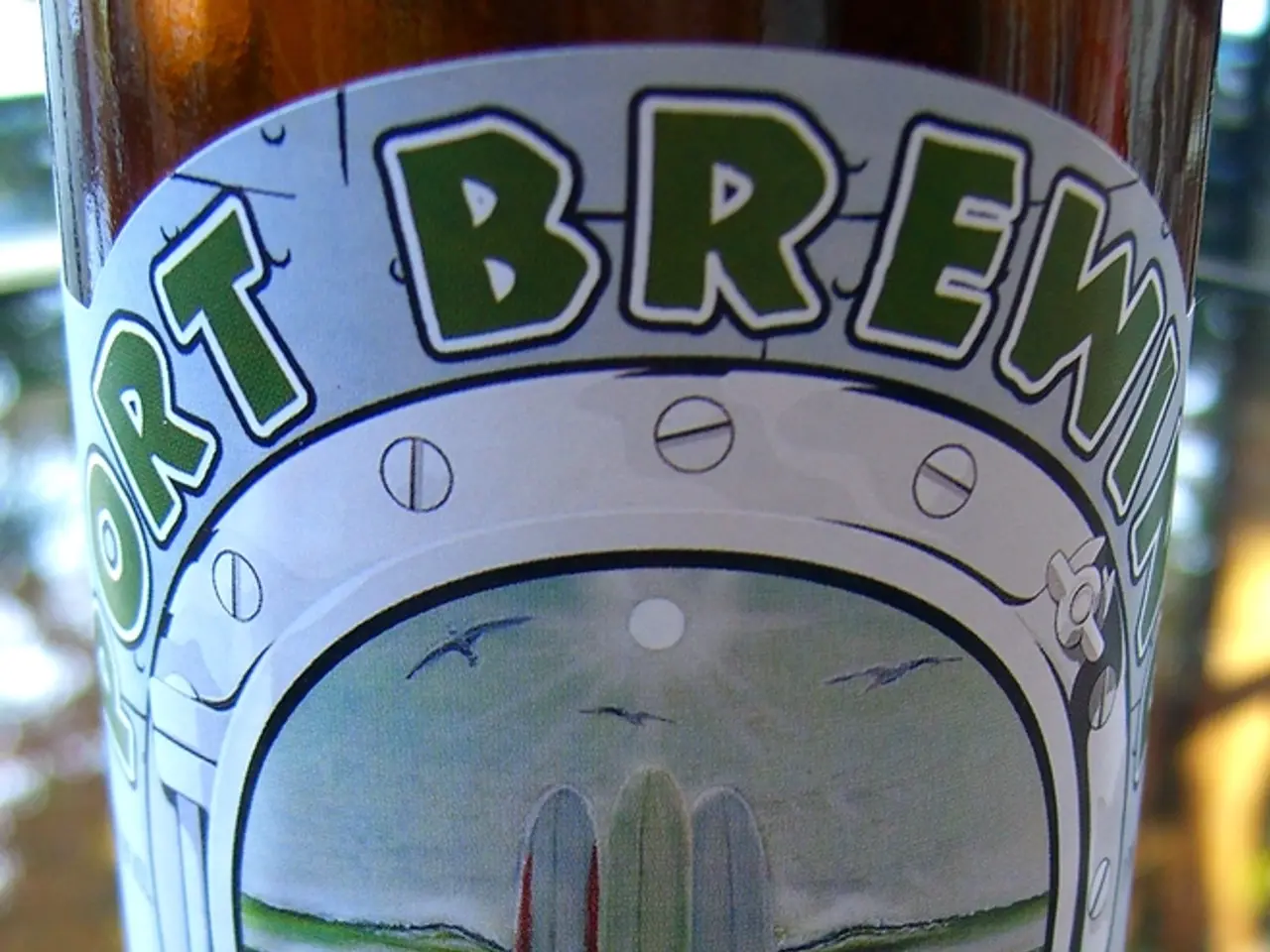Mastering the Art of Beer Brewing: The Comprehensive Handbook
Brewing beer at home is an enjoyable and rewarding hobby that transforms raw ingredients into a delicious, fermented beverage. Here's a detailed guide to help you navigate the process:
Step 1: Mashing
- Crush the Malt: Use a grain mill to crush the malted barley into a coarse consistency, allowing the husks to act as a natural filter during the lauter process.
- Mix with Hot Water: Combine the crushed malt with hot water in a mash tun. Maintain a temperature of around 62-68°C for about 60 minutes to allow enzymes to break down starch into fermentable sugars.
Step 2: Lautering
- Drain the Wort: Carefully drain off the liquid (now called wort) from the mash into a boiling vessel.
- Rinse Grains (Optional): Sparging with hot water can be used to extract more sugars from the grains.
Step 3: Boiling (and Adding Hops)
- Boil the Wort: Bring the wort to a rolling boil and maintain it for about 60 minutes.
- Add Hops: At various times during the boil, add hops to impart bitterness, flavor, and aroma to the beer.
Step 4: Cooling and Fermentation
- Cool the Wort: Rapidly cool the boiled wort to around 20°C to prevent contamination and promote healthy fermentation.
- Transfer to Fermenter: Move the cooled wort to a sanitized fermenter.
- Add Yeast: Pitch the yeast into the wort and seal the fermenter.
- Ferment: Allow the mixture to ferment at a stable temperature (20-25°C) for several days or weeks, depending on the type of yeast and recipe.
Step 5: Conditioning, Bottling/Kegging, and Carbonation
- Condition: Allow the beer to mature in a cool, dark place to develop its flavor and clarity.
- Bottling/Kegging: Transfer the beer to bottles or a keg, ensuring proper sanitation to prevent contamination.
- Carbonation: Either naturally carbonate during secondary fermentation in bottles or force carbonate if using a keg.
Step 6: Serving
- Store and Chill: Store bottled beer in a cool place or refrigerate kegged beer.
- Serve: Enjoy your home-brewed beer from bottles or directly from a keg using a home draft system.
The brewing process consists of sanitizing, mashing, boiling, cooling, fermentation, bottling, and optional secondary fermentation. Brewing beer involves controlling the interactions between water, starch, yeast, and hops. With the right equipment, ingredients, and a bit of patience, you can create your own unique brews. Happy brewing!
- A new brewer might find the process of home brewing intimidating at first, but as they advance, they'll find a sense of fulfillment from transforming raw ingredients into a delicious, fermented beverage.
- As someone who enjoys cooking and experimenting with different food-and-drink recipes, home brewing could become an exciting addition to your lifestyle.
- For a pro brewer, investing in advanced brewer equipment can greatly enhance the home brewing experience, making the craft more efficient and producing better quality beverages.
- Home brewing isn't just about creating beer; it's a hobby that aligns with the home-and-garden lifestyle, offering a unique and rewarding way to explore a new passion in the food-and-drink world.




